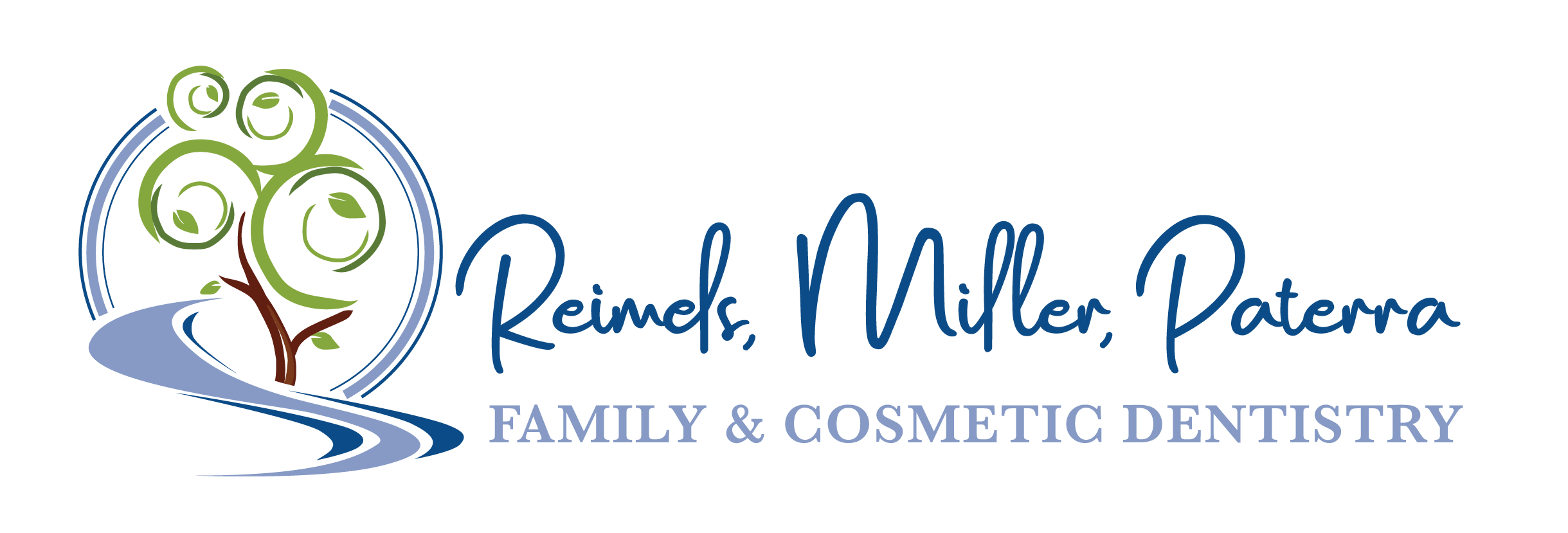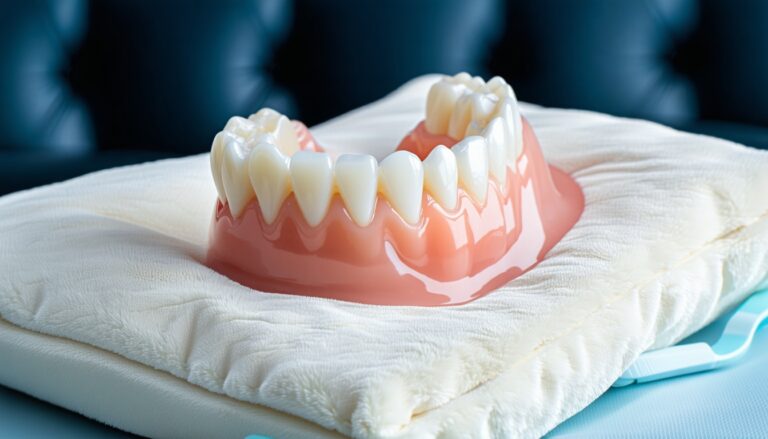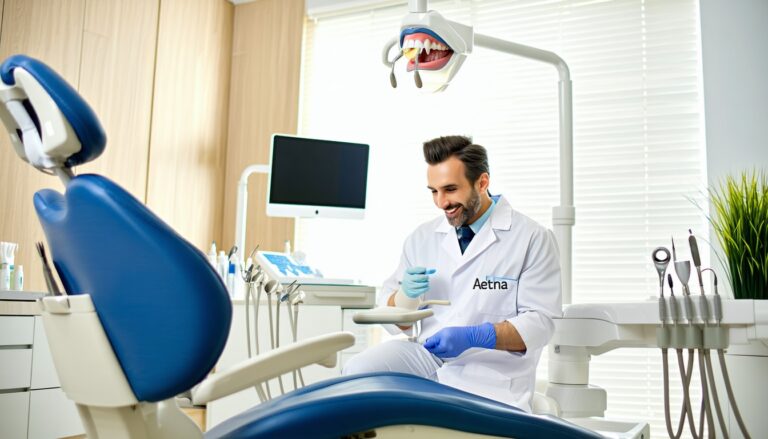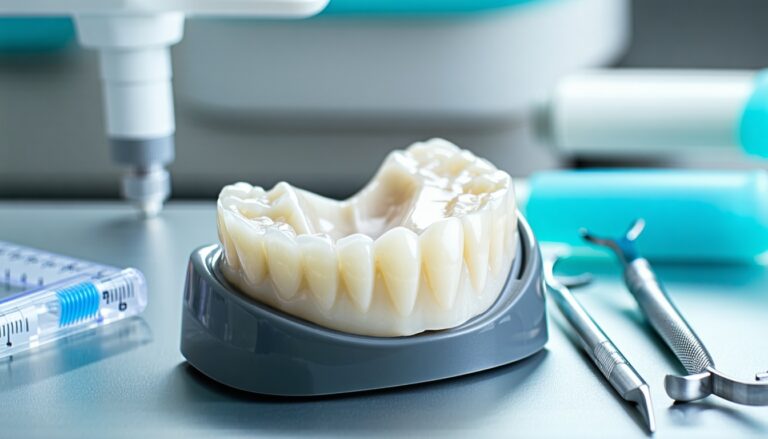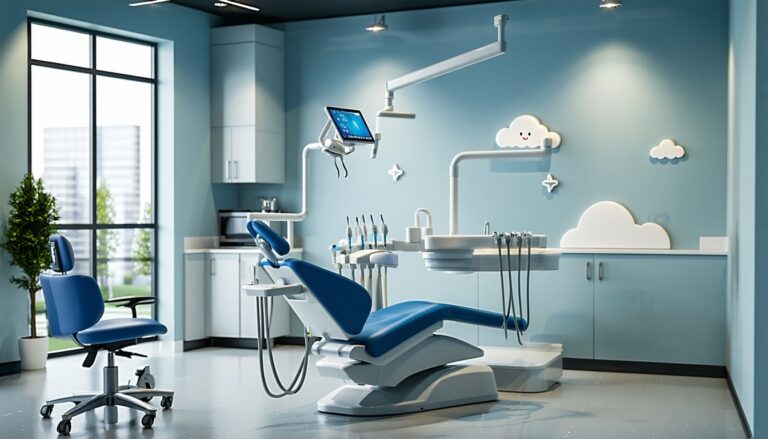Premium Dental Services Overview
Advanced Care Options
Selecting the right dental services is essential for achieving optimal long-term health and aesthetics. At Americo Dental, you have access to a wide range of advanced care options specifically designed for affluent professionals, executives, and retirees in Huntersville, North Carolina. Whether you need restorative solutions like dental implants, cosmetic enhancements like veneers, or comprehensive treatments such as root canals and TMJ/sleep apnea therapies, the practice offers state-of-the-art techniques to meet your needs.
Americo Dental integrates the latest advancements in dental technology, ensuring that you receive high-quality care tailored to your lifestyle. The focus is on providing comprehensive services that not only enhance your smile but also contribute to your overall health. For those considering dental implants, understanding the tooth implant procedure with Americo Dental Plan will give you insights into the benefits of this transformative service.
Minimally Invasive Approach
A minimally invasive approach is a hallmark of modern dentistry at Americo Dental. This technique promotes faster recovery, reduced discomfort, and enhanced outcomes. Emphasizing techniques like the non-grafting OSFE and the sticky bone method for sinus lifts, the practice prioritizes methods that minimize tissue trauma while maximizing results.
For instance, studies show that the non-grafting OSFE technique achieves a 96.4% cumulative implant survival rate after nine years, showcasing the effectiveness of less invasive procedures (PMC). With a recommended optimal implant protrusion length (IPL) of 4 mm, patients can benefit from improved bone gain while minimizing the potential for complications.
Below is a comparison of advanced care options available at Americo Dental:
| Service Type | Description | Advantages |
|---|---|---|
| Dental Implants | Replacement of missing teeth using biocompatible materials. | Long-lasting, natural appearance. |
| Cosmetic Veneers | Thin shells placed over teeth for aesthetic enhancement. | Transformative and custom designs. |
| Root Canal Therapy | Treatment for infected tooth pulp to save the tooth. | Pain relief and tooth preservation. |
| TMJ/Sleep Apnea Care | Customized treatments for jaw pain and sleep disorders. | Improved quality of life. |
By choosing a practice that emphasizes advanced and minimally invasive techniques, you align your dental care with contemporary standards prioritizing comfort, aesthetics, and health—all important factors for discerning patients like you. For further information about the financing options available, including coverage through blue cross blue shield dental implant coverage, visit our consultation section.
Dental Implants in Huntersville, NC
When you are considering dental implants, particularly in the affluent area of Huntersville, NC, it’s essential to understand the advanced techniques available for implant-supported rehabilitation and sinus floor elevation. At Americo Dental, you can expect high-quality care tailored to your specific dental needs.
Implant-Supported Rehabilitation
Implant-supported rehabilitation is vital for restoring functionality and aesthetics in individuals with compromised dental structures. The posterior maxilla, in particular, presents challenges due to limited residual bone height and poor bone quality, making it necessary to employ specific techniques for successful outcomes.
Sinus floor elevation techniques aid in addressing these challenges. A preferred method is the osteotome sinus floor elevation (OSFE), which is minimally invasive and has a shorter healing period compared to the more traditional lateral sinus floor elevation. Studies indicate a cumulative survival rate of 96.4% for implants placed using the OSFE method when assessed over a follow-up period of 3 to 9 years.
| Technique | Cumulative Survival Rate | Healing Period |
|---|---|---|
| OSFE | 96.4% | Shorter |
| Lateral Sinus Floor Elevation | Varies | Longer |
Sinus Floor Elevation Techniques
Sinus floor elevation techniques are designed to increase the available bone height for implant placement in the maxillary sinus area. One popular method involves the use of sticky bone, which is a combination of injectable platelet-rich fibrin and bovine graft material. This method has shown promising results, with an average intra-sinus bone gain of 5.54 ± 0.74 mm over a 9-month healing period. There is no significant difference in bone gain between perforated and non-perforated cases (Open Dentistry Journal).
For optimal implant protrusion length (IPL) during the OSFE procedure, an IPL within 4 mm is recommended for better long-term outcomes. Research indicates that while an IPL beyond 4 mm can decrease bone formation efficiency, effective strategies ensure that implant survival rates remain high, even in challenging anatomical situations (PMC).
Implant-supported solutions in Huntersville, NC, leverage these advanced techniques to ensure that patients receive lasting and aesthetically pleasing results in their dental restorations. If you’re exploring the possibilities of dental implants, consider reaching out for an insurance-covered dental implant consultation to discuss how these procedures can best meet your needs.
Non-Grafting OSFE Technique
The Non-Grafting OSFE (Osteotome Sinus Floor Elevation) technique is a modern, minimally invasive procedure that enhances dental implant placement. This technique has demonstrated impressive outcomes, particularly regarding implant survival rates and optimal implant protrusion length.
Implant Survival Rates
A retrospective study examined 105 implants in 65 patients, revealing a remarkable cumulative survival rate of 96.4% for implants placed using the non-grafting OSFE technique with simultaneous implant placement. This high success rate highlights the effectiveness and reliability of this innovative approach for those seeking dental implants.
| Study Details | Survival Rate (%) |
|---|---|
| Non-Grafting OSFE with Implant Placement | 96.4 |
For more information regarding various insurance plans that cover dental implants, check our sections on dental implant treatment covered by aetna and full mouth dental implants united healthcare approved.
Optimal Implant Protrusion Length
Research indicates that maintaining an optimal range for implant protrusion length (IPL) is crucial for enhanced long-term outcomes when applying the non-grafting OSFE technique. An IPL within 4 mm is recommended to optimize bone stability and ensure successful integration of the implant.
Studies have shown a positive correlation between IPL and endo-sinus bone gain following non-grafting OSFE, underscoring the significance of this parameter in achieving successful outcomes for dental implants.
| Optimal Implant Protrusion Length (mm) | Long-Term Outcomes |
|---|---|
| 4 | Positive correlation with endo-sinus bone gain |
Choosing a skilled provider familiar with the non-grafting OSFE technique is essential for achieving the best results. For additional details, consider our article on affordable dental implants with delta dental insurance to explore financing options.
Lateral Sinus Augmentation
Lateral sinus augmentation is a critical procedure for enhancing bone volume in the upper jaw to support dental implants. This technique is especially beneficial for patients who have experienced bone loss in the sinus area. Two primary aspects of this procedure are the Sticky Bone Method and intra-sinus bone gain.
Sticky Bone Method
The Sticky Bone Method is an innovative approach that combines injectable platelet-rich fibrin and bovine graft material. This mixture creates a cohesive substance that can be effectively used during lateral sinus lifts with simultaneous dental implant placement. The application of Sticky Bone has shown promising results, with an average intra-sinus bone gain measured at 5.54 ± 0.74 mm after nine months (Open Dentistry Journal).
One of the key benefits of using this technique is its ability to manage perforations of the Schneiderian membrane that are less than 10 mm. The Sticky Bone mixture promotes bone graft survival, making it a reliable choice in challenging cases. Furthermore, studies indicate that there are no statistically significant differences in bone gain between those with membrane perforations and those without, highlighting the efficacy of this method (Open Dentistry Journal).
Intra-Sinus Bone Gain
Intra-sinus bone gain is a vital measurement in evaluating the success of lateral sinus augmentation. This is particularly relevant for patients seeking a tooth implant procedure with the Americo Dental Plan. The amount of bone gained within the sinus directly influences the stability and longevity of dental implants.
| Measurement Period (Months) | Average Intra-Sinus Bone Gain (mm) |
|---|---|
| 0 | Baseline Measurement |
| 9 | 5.54 ± 0.74 |
This successful outcome underlines the importance of selecting advanced, minimally invasive techniques for augmenting the sinus region. Patients in Huntersville, NC, can rest assured that the latest methods and technology are used to achieve optimal results in their dental care. For additional information about dental implant consultations and services covered by insurance, refer to our resources on insurance-covered dental implant consultation.
Maxillary Sinus Lifting Techniques
When considering a tooth implant procedure, specifically using the Americo Dental Plan, one essential aspect is the maxillary sinus lifting techniques. These techniques are important for enhancing bone volume and ensuring the viability of implants in areas where bone density is limited.
Graft Options
Maxillary sinus lifting can be accomplished using various grafting materials. Each graft type offers distinct benefits, and understanding these can aid you in making an informed decision. The options include:
| Graft Type | Description |
|---|---|
| Autogenous | Grafts taken from your own body, resulting in fewer complications and better integration with surrounding bone. |
| Allograft | Tissue sourced from a donor (human), which is processed and sterilized to reduce the risk of disease transmission. |
| Xenograft | Bone graft material derived from another species (commonly bovine), offering an alternative for patients who may not have sufficient autogenous bone available. |
| Alloplastic Bone | Synthetic materials that provide a scaffold for bone formation and can be particularly useful in patients with limited bone. |
| Platelet Concentrates | Derived from your blood, these concentrates enhance the healing process and can be combined with other graft types for improved results. |
Using these grafts, studies have shown that implant survival rates can be consistent with those of pristine bone, making them effective options for rehabilitation (Open Dentistry Journal).
Implant Survival Rates Comparison
Understanding the success of implants post-surgery is crucial. Various techniques and graft options are analyzed to determine their effectiveness in terms of implant survival rates.
| Technique | Implant Survival Rate |
|---|---|
| Maxillary Sinus Lift | Similar to pristine bone |
| Non-Grafting OSFE Technique | 9-year cumulative rate of 96.4% (PMC) |
| With Autogenous Grafts | Typically high, but varies based on individual conditions |
The maxillary sinus lifting procedure often results in favorable implant outcomes due to the techniques employed. Both the graft material and the method can significantly influence the post-operative success of implants. When opting for treatments covered by the Americo Dental Plan, consider how these techniques align with your long-term dental health goals. For further details on surgical options and insurance coverage for dental implants, visit our pages on insurance-covered dental implant consultation or dental implant treatment covered by Aetna.
Complications and Solutions
In any surgical procedure, including dental implant placement, complications can arise. One common issue faced during lateral sinus lifting is membrane perforation. Understanding this complication and knowing effective management techniques, such as utilizing sticky bone, is essential for successful outcomes.
Membrane Perforation
Membrane perforation is the most frequent complication associated with lateral sinus lifting, occurring in approximately 10% to 60% of cases. Contributing factors include uncontrolled dissection, reduced membrane thickness, improper instruments, and lack of experience.
When a perforation occurs, it is crucial to address it promptly to prevent complications during the healing process. Repair techniques may involve:
- Placing an absorbable membrane over the perforation
- Using resorbable hemostatic agents
- Employing platelet-rich fibrin
- Suturing the membrane with resorbable material
Utilizing these techniques can help ensure the integrity of the sinus membrane and promote successful healing (Open Dentistry Journal).
Management with Sticky Bone
Sticky bone is an innovative approach that combines an autologous fibrin network with a bone substitute, showing effectiveness in managing Schneiderian membrane perforations that are less than 10 mm. It has proven effective in achieving bone graft survival during lateral sinus lift procedures, particularly when combined with simultaneous dental implant placement.
Research indicates that there are no significant differences in bone gain observed between perforation and non-perforation groups when using sticky bone. This highlights the potential utility of sticky bone in maintaining a favorable outcome despite complications (Open Dentistry Journal).
Employing sticky bone can enhance the success rate of your implant procedure, allowing for a seamless recovery and effective long-term results. For more information on dental implant procedures, consider looking into dental implant treatment covered by Aetna or full mouth dental implants with United Healthcare approved.
